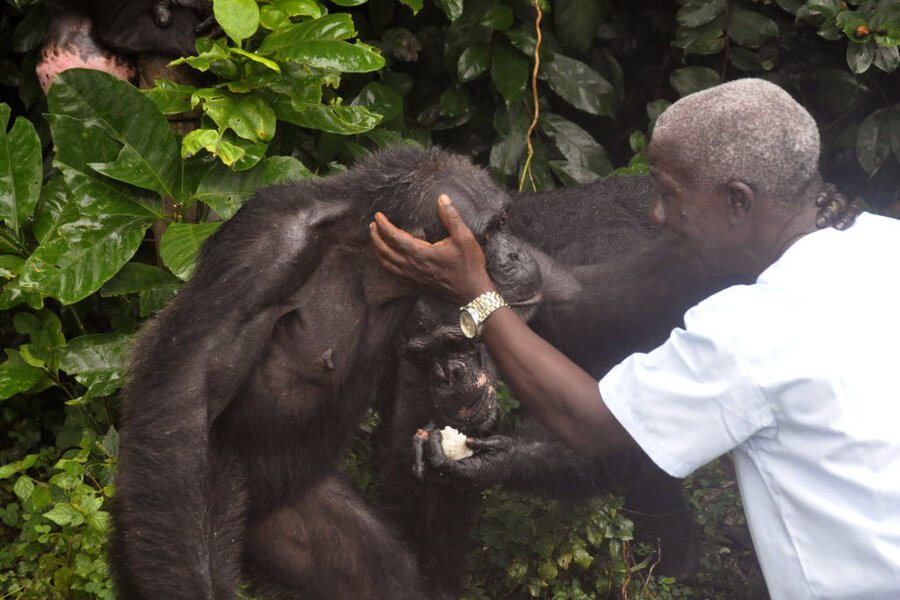How the human race stands on some big and ancient shoulders
Loading...
The latest evolutionary clues linking humans to our last common ancestor with apes lie in the shoulder, according to a new study released this week.
“Humans split from our closest African ape relatives in the genus Pan – including chimpanzees and bonobos – 6 to 7 million years ago,” researchers at the University of California San Francisco said in a statement. “Yet certain human traits resemble the more distantly related orangutan or even monkeys. This combination of characteristics calls into question whether the last common ancestor of modern humans and African apes looked more like modern day chimps and gorillas or an ancient ape unlike any living group.”
The correct explanation also happens to be the simplest – that the ancestor most resembled a chimp or gorilla, said Nathan Young, lead author of the study, in the release. “At least in the shoulder.”
Results of the study were published Monday in the journal PNAS. The researchers found that the shape of the shoulder could track changes in early human behavior, such as reduced climbing and increased tool use, Dr. Young said.
For example, “the shoulders of African apes consist of a trowel-shaped blade and a handle-like spine that points the joint with the arm up toward the skull, giving an advantage to the arms when climbing or swinging through the branches,” said the team.
“In contrast, the scapular spine of monkeys is pointed more downwards. In humans this trait is even more pronounced, indicating behaviors such as stone tool making and high-speed throwing,” the study found.
Researchers set out to determine whether humans have evolved “from a more primitive ape, or from a modern African ape-like creature.”
The team used 3-D measurements of fossil shoulder blades from early hominins – modern humans and our ancestors – to compare against different types of apes and monkeys.
What they found was that “the modern human’s shoulder shape is unique in that it shares the lateral orientation with orangutans and the scapular blade shape with African apes,” said researchers.
The evolution of the shoulder is also significant in explaining how humans are able to throw objects with speed and accuracy, said Neil T. Roach, a fellow of human evolutionary biology at Harvard University.
A laterally facing shoulder blade, for instance, also serves as an energy reserve for humans, “much like a slingshot, facilitating high-speed throwing,” according to the statement.
“These changes in the shoulder, which were probably initially driven by the use of tools well back into human evolution, also made us great throwers,” Dr. Roach said. “Our unique throwing ability likely helped our ancestors hunt and protect themselves, turning our species into the most dominant predators on earth.”








